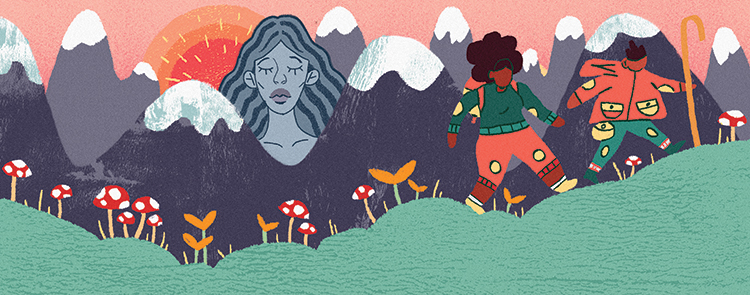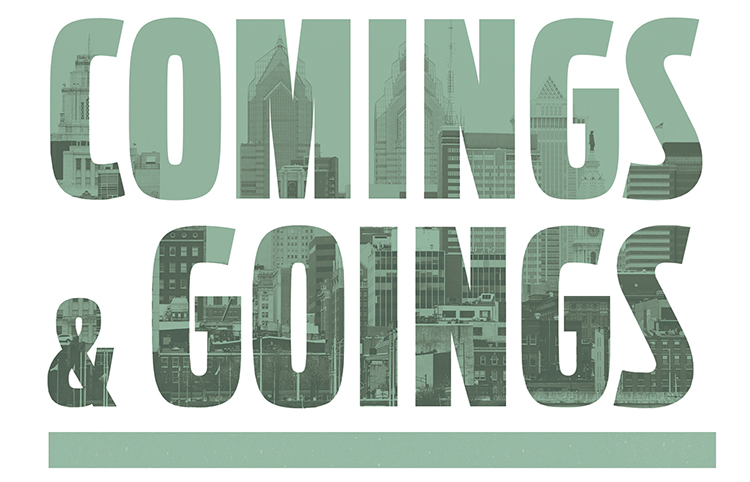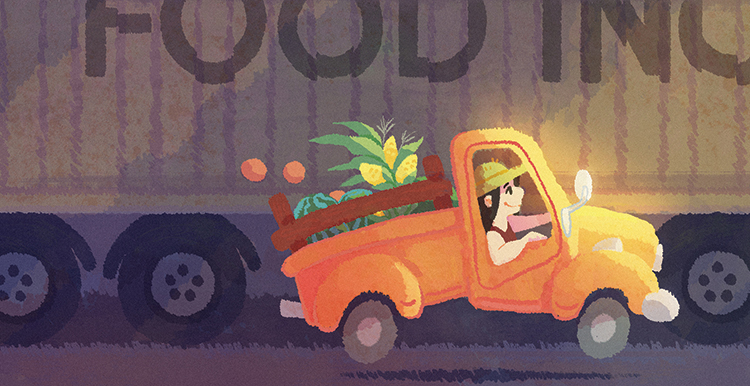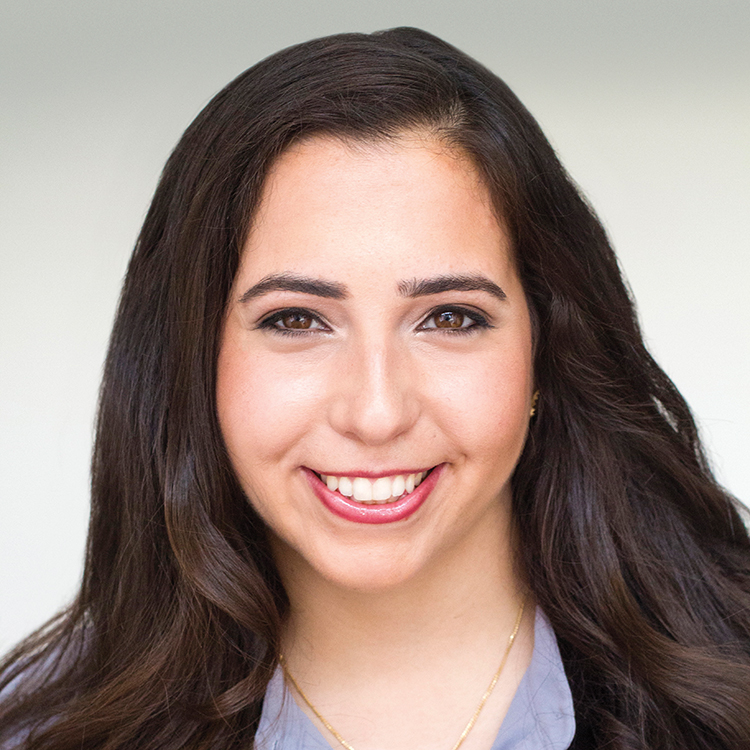Why do we still not see black Americans as having a connection to the environment?
illustration by Abayomi Louard-Moore
Interview by Heather Shayne Blakeslee
Carolyn Finney’s book “Black Faces, White Spaces” is a must-read for anyone who wants to better understand all of the ways in which African-Americans have been prevented from owning, accessing and having a public relationship with land, open space and the concept of “the great outdoors.” From exploring institutional racism in the National Park Service to lesser known history—black Air Force recruits in World War II had to have all-white beaches opened to them in order to train to serve their country—the book shines light on the underbelly of our white-dominated environmental movement.
National Park Service employees were very upfront during your research about not caring much about addressing exclusionary practices.
CF: One of the things I always say is that privilege has the privilege of not seeing itself… I’m clear when I talk to predominantly white audiences, that ultimately I want to engage people’s humanity, because it’s something that we all have… There’s real fear there, what they’re experiencing now in our country in multiple ways. So what happens? Let’s say I’m a white person who works for an environmental organization, I have a leadership position, I’ve had this for years, I am relevant because the dominant culture is “relevant,” and now you’re telling me that maybe I’m not relevant anymore. So what happens to me if we hire a black or brown person to be that new leader? What happens to me?… We’re dealing with a human being wondering about their own relevancy. So, for me, that’s what I think is behind some of the commentary.
What is the importance of addressing the racism internal to environmental organizations before trying to more broadly engage people of color?
CF: One of the things I often say to audiences is that I don’t use the term “outreach” anymore… It’s well-meaning, perhaps, it means I’ve “outreached” out to you, I can bring you to my table and make room for you, and then—you have to learn everything we do. You’ll always be responsive to us. We brought you here. They basically don’t have to do anything else, except bring you to the table. And, actually, we know that this is not a useful model, for many reasons, besides the fact that it puts all the onus on that person, that person of color, that person who is different, to do all the work. I call it “building relationships of reciprocity,” because when you are in a relationship, the onus is on both of you.
What role does the media play in reinforcing the idea that people of color are not welcome or associated with natural spaces?
CF: I always ask, “Who is not visible? Who do we not see here? When we see someone, what are they doing? The whole myth of black people “don’t” when it comes to the outdoors is just that—it’s just a myth. Because everyone, including black people, have diverse, complicated and complex relationships with the outdoors. … Driving around south Florida [where I did my research], the thing that you will see almost immediately is black and brown people fishing at the canals. You can’t miss them, it’s every day. But it’s as though we can’t see them. As though that doesn’t count. … It’s not always about climbing a mountain.
You write that, for slaves, “The ‘woods’ induced both positive and negative feelings: a place that was resource-rich, a place of transformation and refuge… but also a place to fear.” You talk a lot about fear in the book, but can you talk about the positive side for African-Americans?
CF: Well, it’s funny that you say that because one of the reviewers of the book thought I didn’t talk about fear enough and wanted me to write a whole chapter about how African-Americans are afraid, and I was very frustrated with that request. Despite all of that fear, black people go on and feel joy, go on and get creative… People are still laughing and falling in love and getting married, creating music, creating art.
You said it really beautifully in the book. You wrote, “While fear as a by-product of white supremacy and oppression was/is certainly part of the lived reality for many African-Americans, focusing solely on the fear denies the malleability of the black imagination to create and construct a rich reality that is not grounded primarily in fear, but in human ingenuity and the rhythms and the flows of life.”
CF: Yes! I like that, too! We’re not always here just to respond to white oppression. We’re living our own lives, like other people do. Sometimes life exists in spite of that other stuff. This is where the creativity comes from and what I want to honor.
You wrote upfront in the book about what it means personally to you to be a black woman writing about the environment.
CF: So, before I am black, I am a human being. And I always want to say that, because what that means is that I am connected to every other human being. I’m part of the species of human beings. And I’m different because I’m black, or different because I’m a woman and all the other ways that I may be different from other people—but I’m a human being. And so I try to understand, ‘What is it about me being different that is challenging in this country?’ So it’s my aspiration to be seen as more fully human, to belong, to be in relationship with all kinds of people. To be visible—I don’t want to be invisible. I want to be visible. I want to be valued. Who doesn’t want to be valued? It’s an intense desire for me and the people I love to be seen, and to increase my own ability to see. I don’t see everything! I have blinders on and I don’t want to. So what does that mean? I’m really interested in all the ways in which we are a person in the world.
Carolyn Finney, Ph.D., is a performer, writer, cultural geographer and a professor in geography at the University of Kentucky.








As a writer and environmental teacher of color, I agree with Dr. Finney and have experienced much of what speaks about. The explanation/justification for mistreating those of us who have tan, brown, and dark brown skins, is that we are "primitive", "too close to our natural state" or "natural like the animals". But when being in a natural state or being close to "nature" is seen as a positive, then we are excluded from the goodness. We no longer are seen as natural. If it is positive, we don’t have it. If it is negative, then that is all we are. Our voices and our perceptions of what it is to be human and our relation to the natural world have goodness and wisdom in them.